'Tis the season for kitting out boats here in the shop. It is keeping the business very busy as we finalize the Goat Island Skiff kits and in January we'll be "kitting" Clint's design, the Drake Rowboat.
FAQ's
What is unique about our kits?
Clint's kits are the equivalent of a professionally built boat, dry fit to perfection, and then taken apart and packaged so that you can replicate the results at home. That means the hull lines will be "eye-sweet" and beautiful when you assemble the boat. The numerous and subtle tweaks that a professional builder does to make the lines of a boat 'sing' has been done for you. This is the unique part of our kits: the kit is not cut directly from a computer file, but rather comes from directly from a hull built by an accomplished boat builder.
What is included in a boat kit?
Our kits have a number of options to suit your timeline and budget. One option will always include plans and the plywood components, planks and bulkheads or molds. The plywood is BS1088 Okoume and comes from Maine Coast Lumber, a trusted source for us. Timber kits are available. Pre-laminated components are available, frames, stems, and backbone components. A further option is a complete timber kit that gets you set up with seats, gunwales, floorboards and all the wood you need to build the boat. You can see kit information at our website kit information page.
Why buy a kit?
When I suggest to people that they buy a kit they sometimes are offended because they feel we don't think they have the skills to make their own kit. The truth of the matter is that we build our own boats from kits as well. In fact, a successful Pro Boatbuilder will build from boat kits himself. The reasons are the same as for you and me: it saves a lot of time, it saves money due to less waste in materials and less wasted time, and the results are a better boat. The boat fits together with less fuss and the lines are reproducibly beautiful every time.
FAQ's
What is unique about our kits?
Clint's kits are the equivalent of a professionally built boat, dry fit to perfection, and then taken apart and packaged so that you can replicate the results at home. That means the hull lines will be "eye-sweet" and beautiful when you assemble the boat. The numerous and subtle tweaks that a professional builder does to make the lines of a boat 'sing' has been done for you. This is the unique part of our kits: the kit is not cut directly from a computer file, but rather comes from directly from a hull built by an accomplished boat builder.
What is included in a boat kit?
Our kits have a number of options to suit your timeline and budget. One option will always include plans and the plywood components, planks and bulkheads or molds. The plywood is BS1088 Okoume and comes from Maine Coast Lumber, a trusted source for us. Timber kits are available. Pre-laminated components are available, frames, stems, and backbone components. A further option is a complete timber kit that gets you set up with seats, gunwales, floorboards and all the wood you need to build the boat. You can see kit information at our website kit information page.
Why buy a kit?
When I suggest to people that they buy a kit they sometimes are offended because they feel we don't think they have the skills to make their own kit. The truth of the matter is that we build our own boats from kits as well. In fact, a successful Pro Boatbuilder will build from boat kits himself. The reasons are the same as for you and me: it saves a lot of time, it saves money due to less waste in materials and less wasted time, and the results are a better boat. The boat fits together with less fuss and the lines are reproducibly beautiful every time.




















